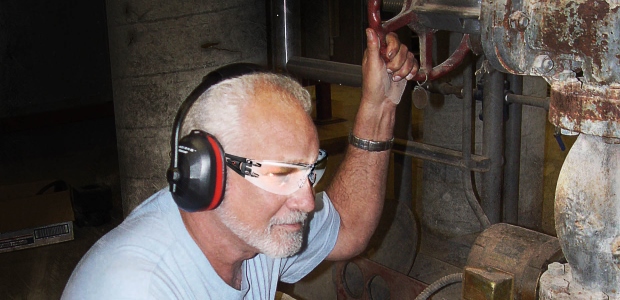
By Michael Bolden
Doing your homework on the manufacturer you choose is of paramount importance.

By Bill Rieth
One of the biggest mistakes made in the workplace is in believing that, because a garment is flame resistant, it must be safe for all hazards. This simply is not the case.
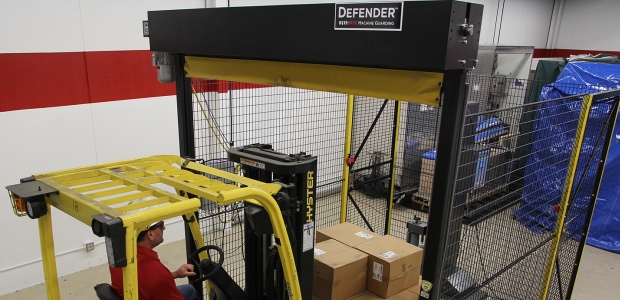
By Eric Esson
Plan ahead by providing proper machine guarding equipment sooner rather than later; if not to prepare for future regulations, do it to keep employees safe.

By Matt Holden
OH&S congratulated winners of the eighth annual contest during the 2016 National Safety Congress & Expo.

By Joseph P. Gasparino Jr.
Similar to the Toyota Production System, we must all strive to eliminate waste (in our case, lost productivity from job hazard injuries) from our organizations.

By Fred Elliott
Two 2016 OSHA enforcement cases are object lessons in the importance of using the latest gas monitoring technology to protect workers.
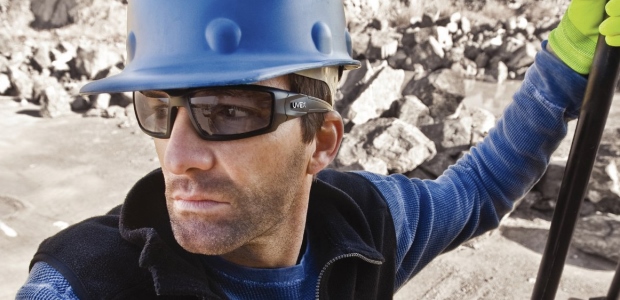
By Daniel Birch
By offering eyewear that is best suited to workers' safety needs first, followed closely by style, employers support a stronger culture of acceptance and compliance.
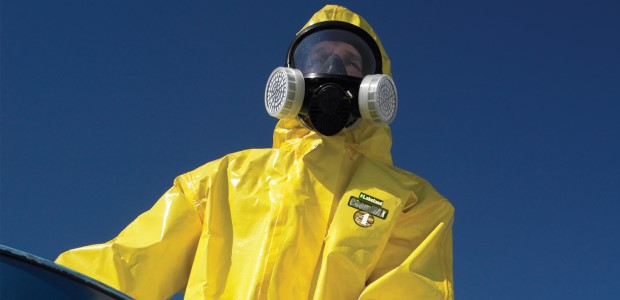
By Kyle Kerbow
What challenges have you faced when selecting the best chemical protective clothing for your work environment?
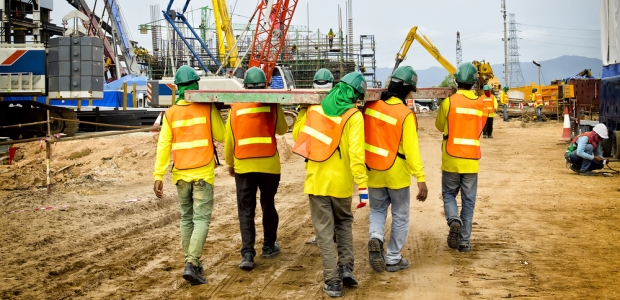
By Cary Usrey
A safety professional must consider the levels of understanding to risk when working with sites or individuals. We are walking lessons learned, and that is our advantage.

By Karen D. Hamel
Stocking spill response supplies such as squeegees, absorbents and wipes in areas where hazardous materials are used, handled, and stored allows employees to immediately respond to incidental spills.
By Robert Pater
Focus on earliest indicators of momentum. Actions taken usually don’t blossom into statistical changes for a period of time.
By Jerry Laws
Security breaches and cyber attacks on the health care system are increasing, and such breaches now average $3.8 million in cost per attack, HHS reported.